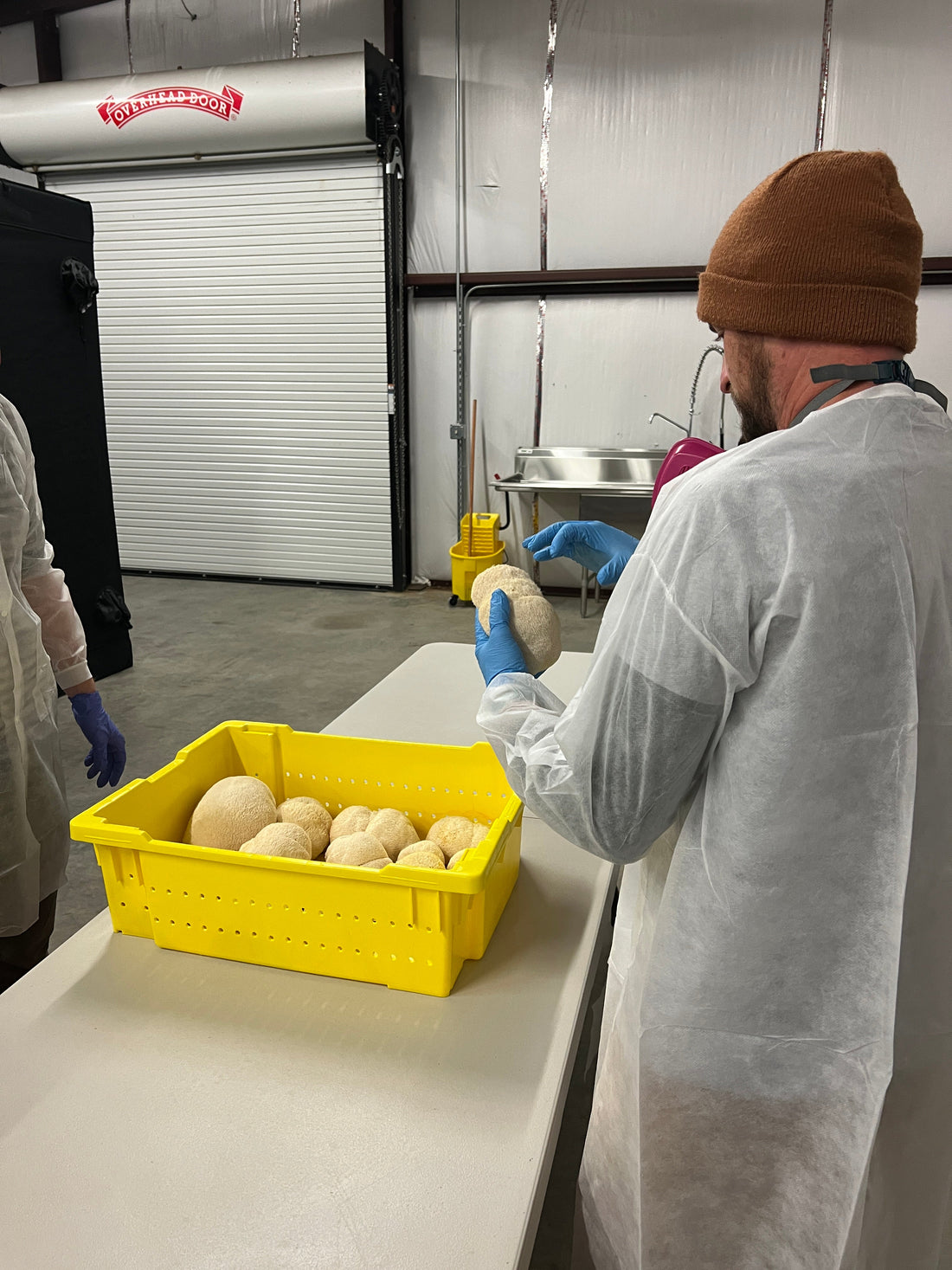
Identifying and Managing Contamination in Mushroom Cultivation
08/02/23Share
Contaminations are impurities in the air, soil, or water that can cause significant harm to germinating spores, growing mycelium, and ultimately the mushrooms themselves. They can occur naturally or be introduced by human hands. Anything unwanted in the substrate and mycelium is considered a contamination.
When a contamination arises, it can have severe consequences for the growing mycelium and mushroom formation. Therefore, when discovered, contaminated jars, agar cultures, etc., should be immediately separated from the non-contaminated ones. Contaminations can spread rapidly and can be challenging to eliminate. Cultivators always strive to avoid contamination, but even the best efforts may sometimes encounter a contaminated batch or culture. Most contaminations are easily identifiable.
The mycelium of mushrooms should typically be completely white. Any other color in the mycelium is usually a clear indication of contamination. Moreover, many contaminations can be detected by their unusual and penetrating smell. However, two exceptions exist regarding color indications:
-
Blue: When mycelium is bruised, it may turn bluish, which is not a contamination and does not affect the quality of the mycelium.
-
Yellow: As mycelium ages, it may form small yellow dots or a yellowish slimy substance. This is often observed in fully colonized jars or bags that have been in the incubation room for an extended period. This yellow transformation is a natural resistance mechanism of the mycelium, acting as an additional shield against bacteria and other contaminants. It is crucial to transfer this mycelium immediately into fruiting conditions.
